In construction and engineering, strong and precise steel is very important for making impressive buildings. Here is our detailed guide about drawings for steel structures. This guide explains the basic ideas that help architects, engineers, and builders create tall skyscrapers, big bridges, and strong factories.
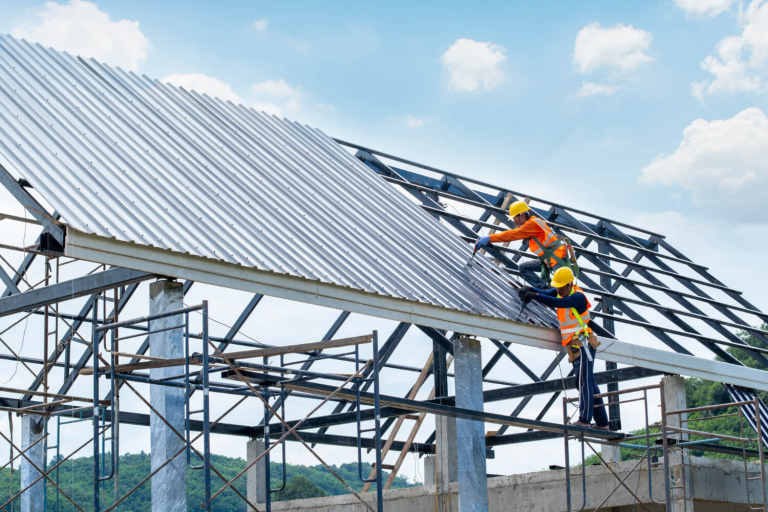
Definition of Steel Structure and Steel Structure Drawing
Definition of Steel Structure
Steel structure refers to a specific type of steel that is primarily used in the construction industry for creating load-bearing frameworks and structures. It is characterized by its high strength, durability, and versatility, making it a preferred material for constructing various types of buildings, bridges, industrial facilities, and other large-scale structures.
Steel structure is often transformed into various shapes, like I-beams, H-beams, channels, angles, and plates, with the help of detailed planning and design known as steel detailing. This is done to match the specific needs of a construction project. These different shapes, which are precisely defined through steel detailing, are created to effectively handle and distribute different kinds of forces like tension, compression, bending, and shear. These forces are common occurrences in structural applications such as buildings and bridges.
The properties of structural steel, including its strength, ductility, and ability to be welded and bolted, make it suitable for supporting heavy loads and withstanding various environmental conditions. It is also commonly used in conjunction with other construction materials like concrete to create composite structures that harness the strengths of both materials.
Due to its crucial role in the construction industry, structural steel undergoes stringent quality control and is produced according to established standards and specifications set by organizations such as the American Society for Testing and Materials (ASTM) and the American Institute of Steel Construction (AISC), among others. These standards ensure that the steel used in construction projects meets specific performance and safety criteria.
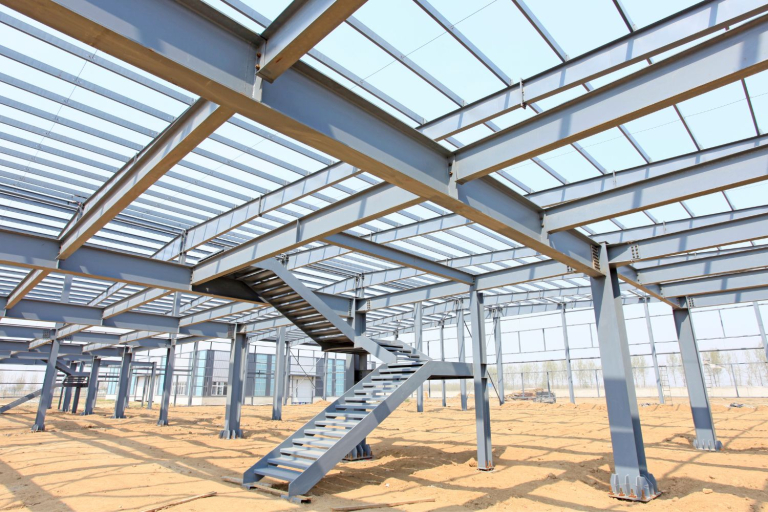
Read more: Why Is Steel Detailing Important For Constructors?
Definition of Steel Structure Drawing
A steel structure drawing is like detailed maps that show how to put together the metal pieces that support buildings. They're made by experts who understand how these pieces fit together. These drawings help builders and factories understand exactly how to make and assemble the steel parts for a building.
These drawings are important because they connect the ideas of the designers with the actual building process. They show things like how big each piece should be, where it should go, and how it should be attached to other pieces. By following these drawings, builders can make sure the building ends up just the way it was planned, following safety rules and guidelines.
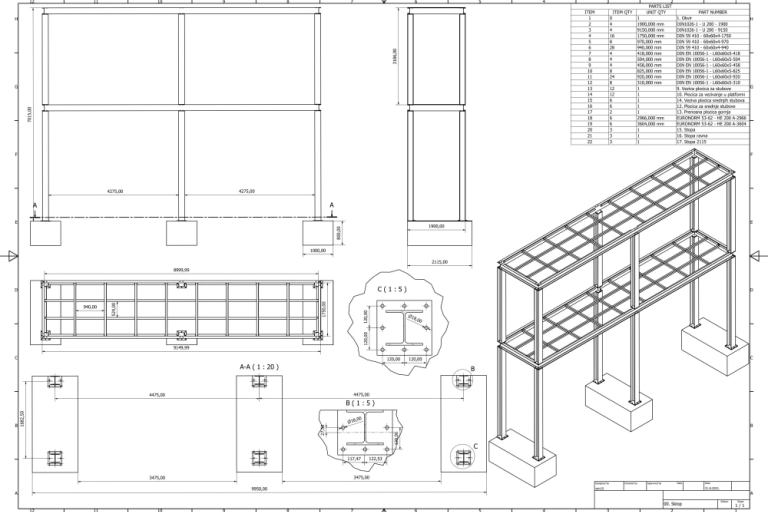
How to Read a Steel Structure Drawing?
There are some important steps below that can help you read a steel structure drawing professionally:
Read Guidelines
When you're dealing with designing steel structures, it's really important to read and understand the guidelines they provide. After you've read them, there are a few important things to keep in mind. First, make sure you know if there are any special things you need to do for the structures you're working on.
Also, pay attention to the important details they talk about in the description, like the materials you'll use and how good they need to be. When you're working on the project, follow the technical steps they suggest. Lastly, it's a good idea to understand the engineering and construction rules to make sure everything is done right.
Read Crucial Layout Drawings
When you look at layout drawings, pay attention to the foundation's height, how it's placed, its shape, and any differences you notice. Also, look for sections and holes in the foundation. Use the building plans to see if the placement matches the foundation. See if walls without foundation are changed to beams.
Compare the foundation's top view with its side view to find if the floor height changes. Understand where the foundation goes, how tall it is, the holes, and things inside it. Learn about the different foundation types and how they're made. Know the sizes and strength of each part. If things are unclear, go through these steps again and write down what's still not clear.
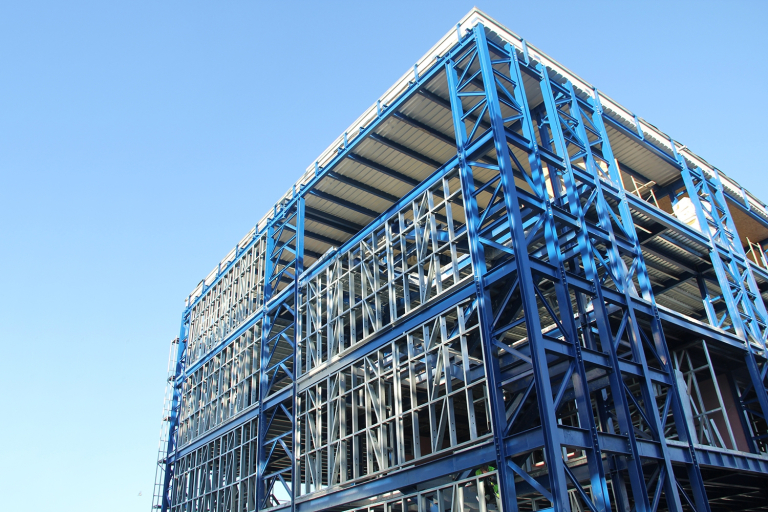
Read Structural Layout Drawings
Structural layout drawings have views of the structure, parts cut through, and standard drawings. It's important to know how the main parts look, where they are, and how high they are. Also, use the construction drawings to see where things are placed and how tall they are.
Next, it's really important to sort the main parts by looking at section, standard, and detailed drawings. At the same time, figure out how the parts are similar or different and how they connect with other things.
Read Detailed Structural Drawings
Start by looking at the structural plane in the detailed drawings. Check where the parts are, how high they are, and how many there are. See if there are any problems like parts being in the wrong place, too big, or too high.
Figure out how the parts fit together. Make sure they can be placed where they need to be and that they don't cause problems with other parts. Learn about the small things like accessories and steel bars in the structure. Confirm this with the material list.
Lastly, put everything together from the building structure drawings. Get the papers organized, review any issues from before, and give your suggestions.

Essential Skills You Need to Read Steel Structure Drawing
Engineers and architects often collaborate when making drawings for steel structures to ensure they match the architect's and owner's plans. To grasp these drawings, you need to follow these steps:
Understand Building Scale
It's important to know how the drawing's size relates to the actual building. Each unit on the drawing becomes a larger unit in real life. Figuring out the scale might be tricky for beginners. To get it right, first learn about the type of scale. If needed, ask an engineer to help you understand the practical dimensions.
Learn Symbol Meanings
Knowing what symbols mean in steel structure drawings is crucial. For instance, symbols for sections or heights often look like circles, rectangles, or triangles. These symbols have specific explanations in different fields. Engineers use predefined meanings. To interpret symbols, you just have to remember and understand what they stand for.
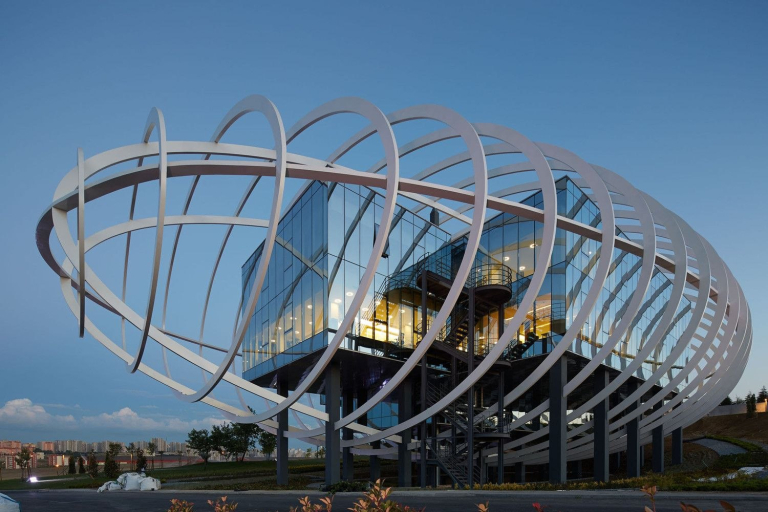
Understand Annotation Symbols
These symbols appear on the edges of drawings and offer extra information about construction. A note symbol, for example, could show where two steel materials connect.
Look for Circled Numbers
Circled numbers indicate more information on another page. Drawings often use small scales, so detailed explanations might be on separate pages. A circled number directs you to the right page for details.
Recognize Abbreviations
Just like symbols, abbreviations are common in steel structure drawings. Engineers use them a lot. You don't have to know all the abbreviations, but learning the common ones is helpful. If you come across unfamiliar ones, ask an engineer for guidance.
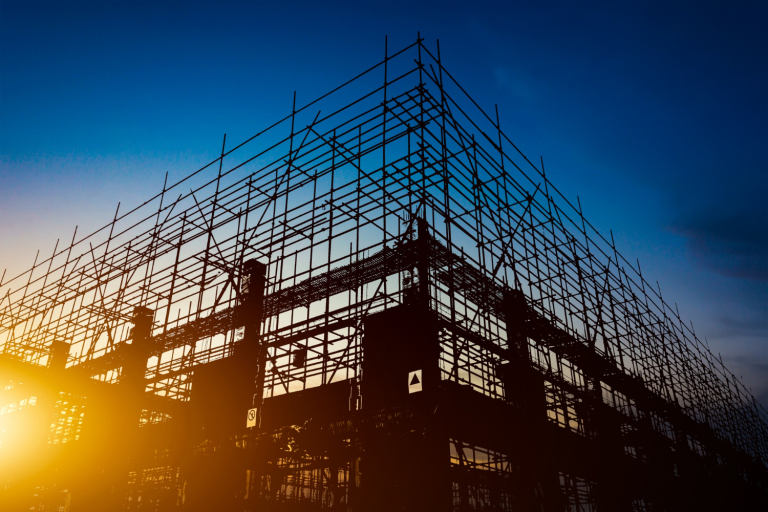
Conclusion
Welcome to Harmony Advanced Technologies, where we offer top-notch Steel Structure Drawing Services and innovative BIM/CAD solutions. With over 20 years of experience in the BIM/CAD construction software design industry, we're experts based in Vietnam and Germany.
For accurate steel structure drawings, you can trust us. We know how important details are in construction, and our skilled team ensures your designs are just right. Our BIM/CAD services go beyond the usual. With our long history and expertise, we stay ahead with the latest tech. Whether you need precise steel structure drawings or want to use BIM for smooth project management, we're here to help.
Let's work together to transform your projects. Discover what Harmony Advanced Technologies can do for you. Contact us here to learn more. Your dreams, our skills – let's build a brighter future.
Categories





